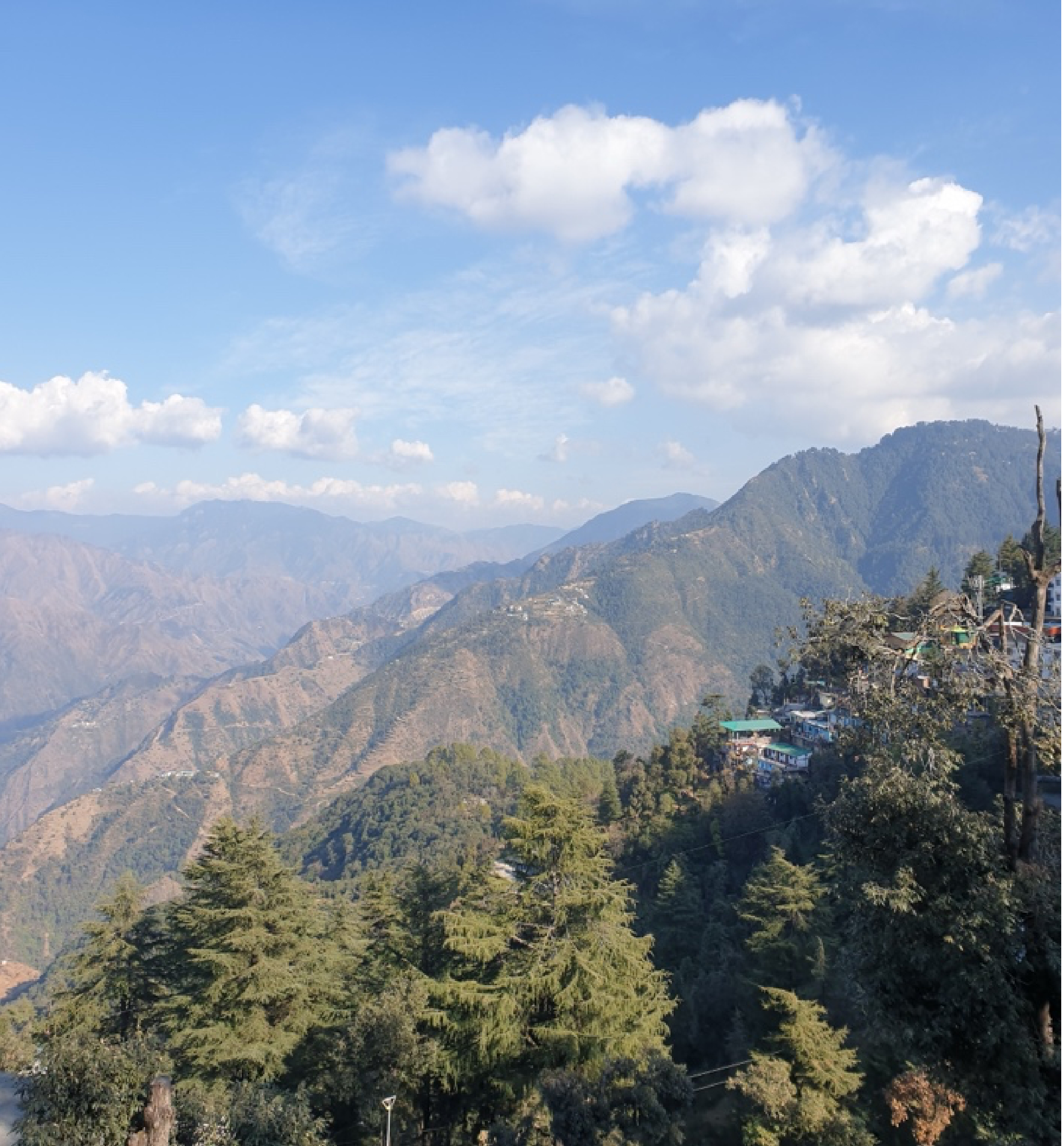Improved
water, sanitation and hygiene practices are crucial to the improvement in the livelihood of any community. Pragya Kenya’s WASH project aimed to improve
domestic water supplies as well as impact on the health of the community
members within Laikipia and Samburu counties in Kenya. With the implementation of the WASH project,
the interventions have effectively addressed some of the key issues thereby improving family health and livelihood among the community
members. Appropriate interventions were made to improve domestic water
supplies through revitalization and protection of water sources,
construction of rainwater harvesting structures as well as construction of
Eco-san toilets. The project also created awareness in schools and within the
communities through training of water sanitation councils to promote practices
that ensure reservation and proper conservation of water sources.
A Case
Study
Mrs
Lydia Kisersian, a 36 year old mother of 2 children (Jesinoi,
13yrs old and Kereiyo, 7yrs old) lives in Mkurian village in Laikipia
north. She has benefitted greatly from the rain water harvesting structure that
has been constructed a few meters from her homestead. This water source, though
it’s not able to store water for the entire dry season, has still saved her
form commuting the long distance of 4km in order to fetch water from Olkinyei
seasonal river. These trips used to take her 3 to 4 hours every day
and shows able to make only 2 trips in a day. Since this water would
not be sufficient for use in the homestead therefore her two children would
make another trip in the evening after they got back from school. She is now able
to get both domestic and livestock water from that source which is 100m from
her homestead. This has been of great benefit to her since now she is able to
engage herself in other activities that bring extra income to her family. She
has joined a beading group where they make beaded ornaments like necklaces and
bangles and sell in the market at a profit. Her children also get more time to
concentrate on learning and doing homework other than fetching water after
school.
[Lydia (seen below) who has benefited from
Pragya’s WASH project, which has seen construction of rainwater harvesting
structures.)






No comments:
Post a Comment